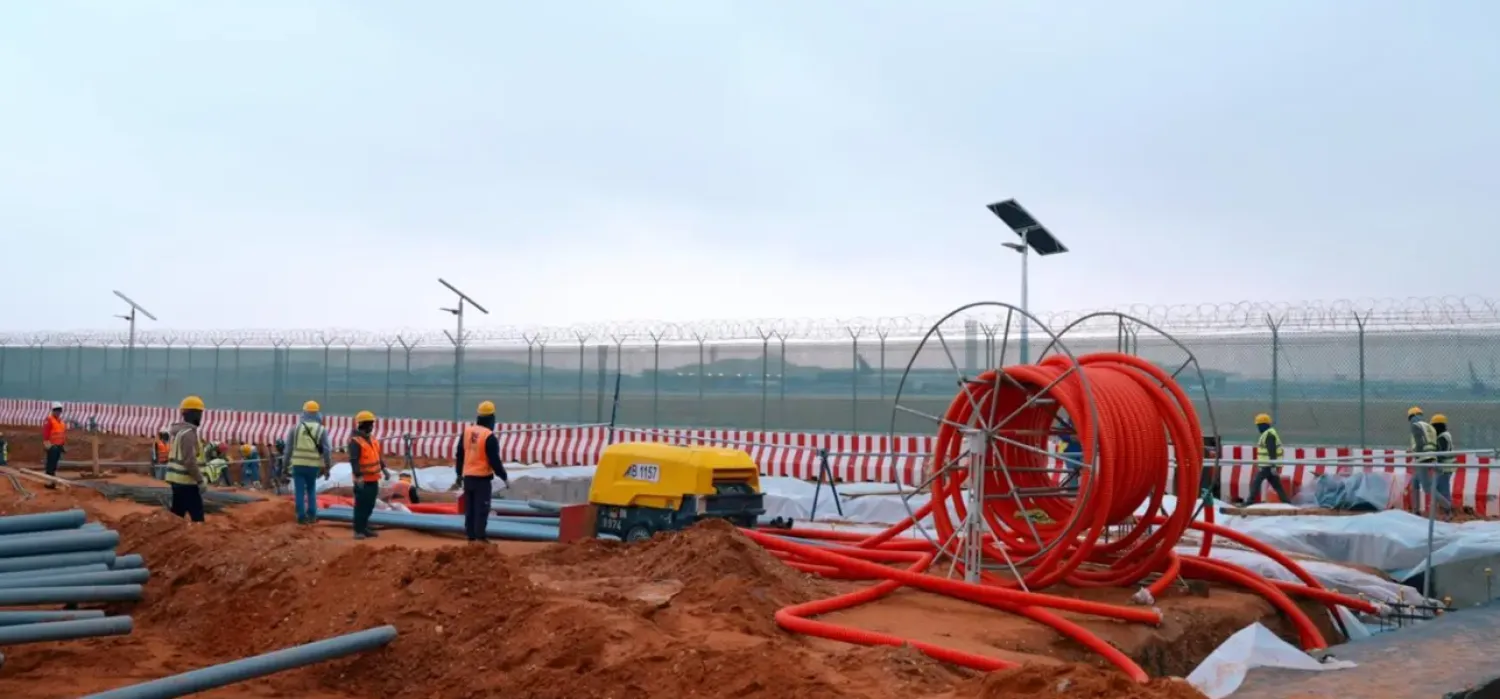S&P Global Platts received a blow on Wednesday after Saudi Aramco announced that it is adjusting its Asia crude oil pricing marker in an effort to increase the overall reliability of its crude oil pricing.
Aramco’s new Asia marker will replace Platts Oman with Dubai Mercantile Exchange (DME) Oman effective October 1, 2018, creating a hybrid between two major Asia benchmarks.
The company’s long-standing price marker was the average of Platts Dubai and Platts Oman assessments.
Saudi Aramco’s vice president of Marketing, Sales and Supply Planning Ahmad Subaey stated that Aramco was rebalancing its Asia marker to ensure that it is underpinned by a broad and vibrant marketplace.
“The inclusion of the DME Oman price complements the existing Platts Dubai price to provide our customers with better visibility into price dynamics. Our main objective is to ensure that our marker is market-reflective, well-regulated, and predictable, and we are confident that the DME Oman price, combined with the Platts Dubai price will serve that purpose,” Subaey said.
These moves come as oil prices for customers remained high because of the high prices of these benchmarks on the Plats platform, which are controlled by a small handful of oil trading companies. Dubai’s crude production fell from half a million barrels per day (bpd) in the eighties to about 40 thousand bpd for the moment.
An important development is that Aramco's decision may support the DME as China strongly supports the Shanghai Futures Exchange, which began this year.
If Shanghai is able to attract and expand long-term contracts, it will become a pricing power for Asia-bound at some point, making the pricing power of producers in the Gulf region subject to the Chinese stock exchange.
While Saudi Aramco’s decision surprised the market, a proposal to switch benchmarks has been discussed internally for years, the sources told Reuters.
The DME launched the Oman contract in 2007 and it is the most liquid physically deliverable futures contract for Middle East crude oil. In comparison, there are rarely bids or offers for Oman cargoes during the Platts market-on-close price assessment.
“It is obvious - look at the trading volumes of DME versus Platts for Oman,” Reuters quoted teaching fellow at the University of Surrey’s Energy Economics Centre Adi Ismirovic as saying.
Imsirovic wrote a paper on Middle East oil benchmarks published in 2014.
Last year, Iraq’s Oil Marketing Organization (SOMO) proposed pricing its Basra crude sales to Asia on DME Oman futures starting with January-loading cargoes, but the plan was delayed.
“SOMO was the first on the case but they did not think it through nominations. SOMO went back to the drawing board. Aramco could not be left behind!” Imsirovic said.
Saudi Aramco's decision could improve liquidity for Oman futures trading on the DME and also for derivative instruments based off the Oman contract for hedging or price conversion purposes, a Singapore-based trader said.
"This is a good change as Platts Oman cannot be hedged," he added.









